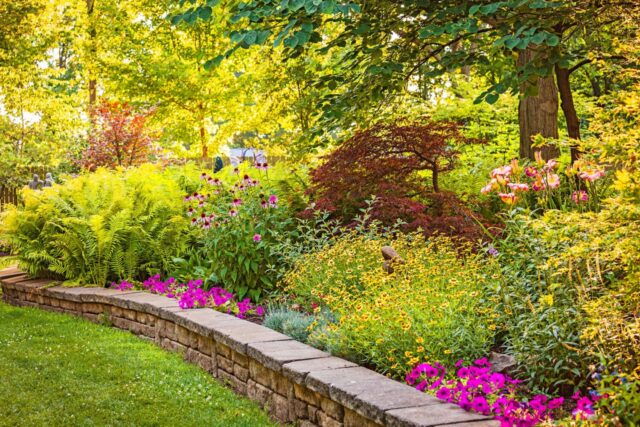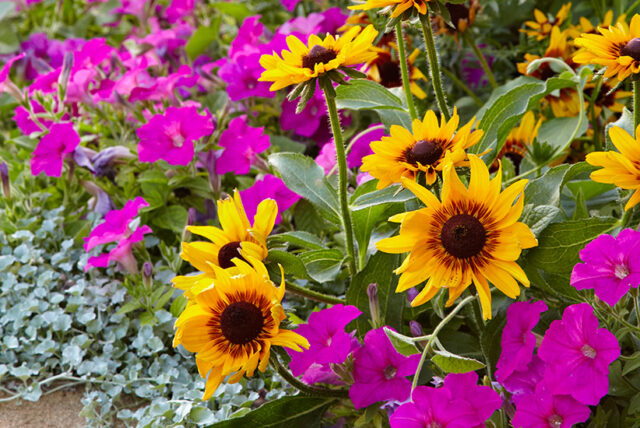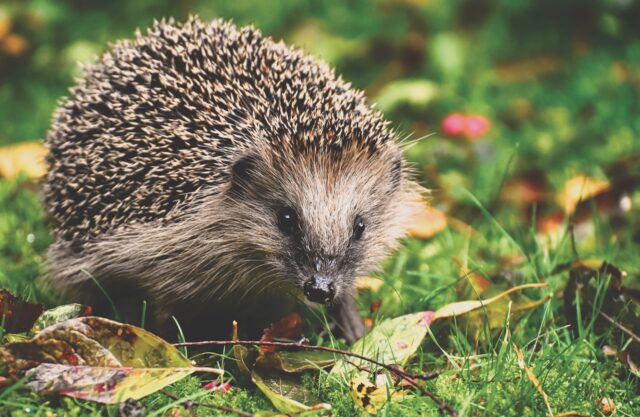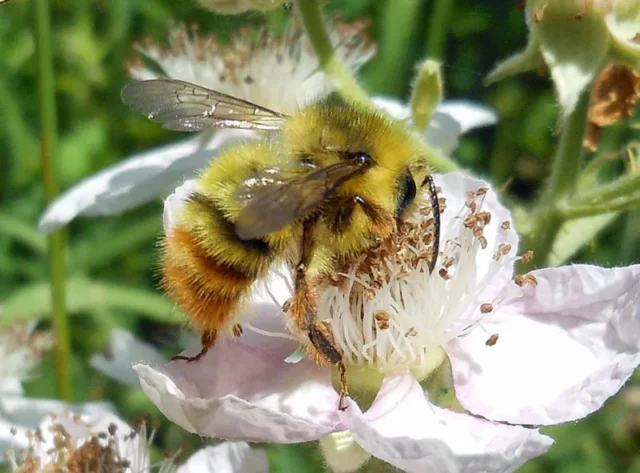
A native garden looks beautiful and can save you money on maintenance and water bills. Native plants are adaptable and resilient when growing in their intended location. Whether you’re thinking of using native plants on commercial or residential property, working with a native tree nursery is a smart approach.
What Is a Native Garden?
Many of the flowers, shrubs, and trees in typical landscaping do not appear naturally in the regions where they are planted. Native plants are those that grow in the wild and are indigenous to the area. They have adapted to survive area pests and seasonal weather changes. Native plants play a key role in the food chain. They feed local pollinators that help fertilize the crops we depend on.
Using more native plants on your property makes your Michaelangelo landscape more sustainable. The following tips can help you get better performance from your native plants. Better performance means a bigger, healthier garden with less investment of time and money.
1. Know Your Native Plants

Not all the plants available at your local plant store are appropriate for your growing zone. Many of them may not be native plants. Learning which plants are native to your zone is the first step to a successful native garden.
One of the best ways to confirm which native plants will thrive in your landscape is to consult with a native tree nursery. A nursery can provide specific information about different native plants, the best times to plant each one, and how to transplant native species.
You can also input your zip code into an online native plant finder to find plants that support the landscape and wildlife in your area. With a better understanding of which plants are indigenous to your zone, you will be more prepared to start selecting flowers, shrubs, and trees for your native garden.
2. Decide Your Garden Goals
There are many reasons to plant a native garden. Maybe you want to help local pollinators, or maybe you live in a dry area and want to save water with drought-tolerant plants. Some people are interested in native gardening because they want a low-maintenance landscape design. Plants that grow naturally in a region require less care overall.
Choosing native plants may slightly narrow your choices, but you’ll still have dozens of options to choose from. Focusing on the purpose of your garden can help simplify plant selection and meet your landscape goals.
3. Investigate Your Lot
Even plants that grow in the wild with no human care have some basic requirements for survival. Too much or too little shade or soil that has the wrong pH balance can kill a native plant just as easily as a hybrid cultivar.
Get to know your landscape well before buying plants. Some areas in the yard get more sun and some areas might be boggy or bone dry. There are natives that will work in almost any situation, but choosing the right plants for the right locations will lead to better outcomes.
It may also be necessary to amend your soil. You might need to add organic materials like peat moss or compost to improve water filtration. Avoid adding fertilizers as native plants often don’t need them.
4. Welcome Wildlife

A wild yard is a haven for small wildlife. This includes insects and animals you may normally think of as pests. The appearance of snakes, skunks, bugs, and more “undesirable” animals can be a sign that your native landscape is healthy.
With time, a native garden often reaches its own balance. Natural predators keep insect populations down and plants thrive without interference. Killing or removing harmless wildlife, as well as using pesticides and other chemicals, may result in a less beautiful and balanced natural garden.
5. Keep Your Garden Tools
Low maintenance isn’t the same as no maintenance. You will likely still need to water, weed, prune, and perform other basic gardening tasks to get your plants off to a good start. Make sure you understand the maintenance needs of your new native plants. Putting in the right effort when plants are new will help them grow into lush, strong greenery that needs little care in maturity.
Attracting Pollinators

Attracting pollinators to your property is not only beneficial for the environment but can also improve the health of your plants. They are a great way to attract pollinators as they have evolved to grow in harmony with the local ecosystem. Here are some tips for attracting pollinators to your property using native plants:
- Provide a Water Source: Pollinators need water to survive, so providing a water source such as a bird bath or small pond can help to attract them to your property.
- Plant in Clusters: Planting plants in clusters can help to attract more pollinators. This creates a larger target for them to find and makes it easier for them to move from one plant to the next.
- Avoid Pesticides: Pesticides can harm pollinators, so avoid using them on your property. Instead, use natural methods to control pests such as companion planting, insecticidal soaps, and neem oil.
- Provide Nesting Sites: Many pollinators such as bees and butterflies require a place to nest. You can provide nesting sites by leaving dead trees and branches in your yard or by installing bee houses.
- Consider Your Garden Design: The design of your garden can also impact pollinator activity. Planting taller plants at the back and shorter plants at the front can help to provide shelter for pollinators while adding a variety of colors and textures can make your garden more attractive to them.
Bonus Tip: Get To Know Your Native Tree Nursery
People who are in the business of planning and planting native gardens are a valuable resource. Not every landscaping company or nursery has experience with native plants. Creating a garden takes more than throwing wildflower seeds in the backyard and waiting for them to grow. Having experienced professionals on your side can save you time and money when it comes to finding the right species for your garden. Locate a native plant nursery today and start enjoying your new landscape.









